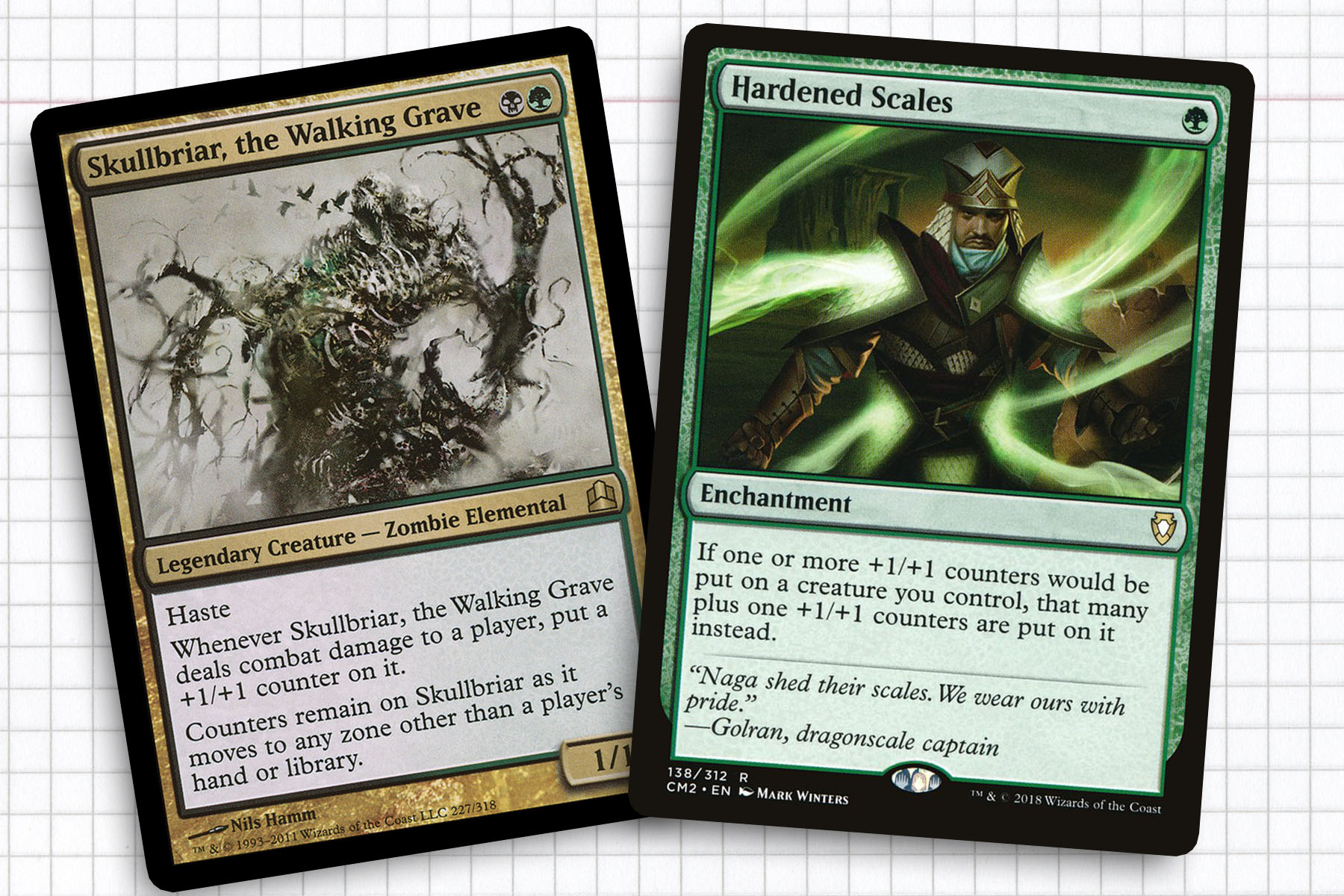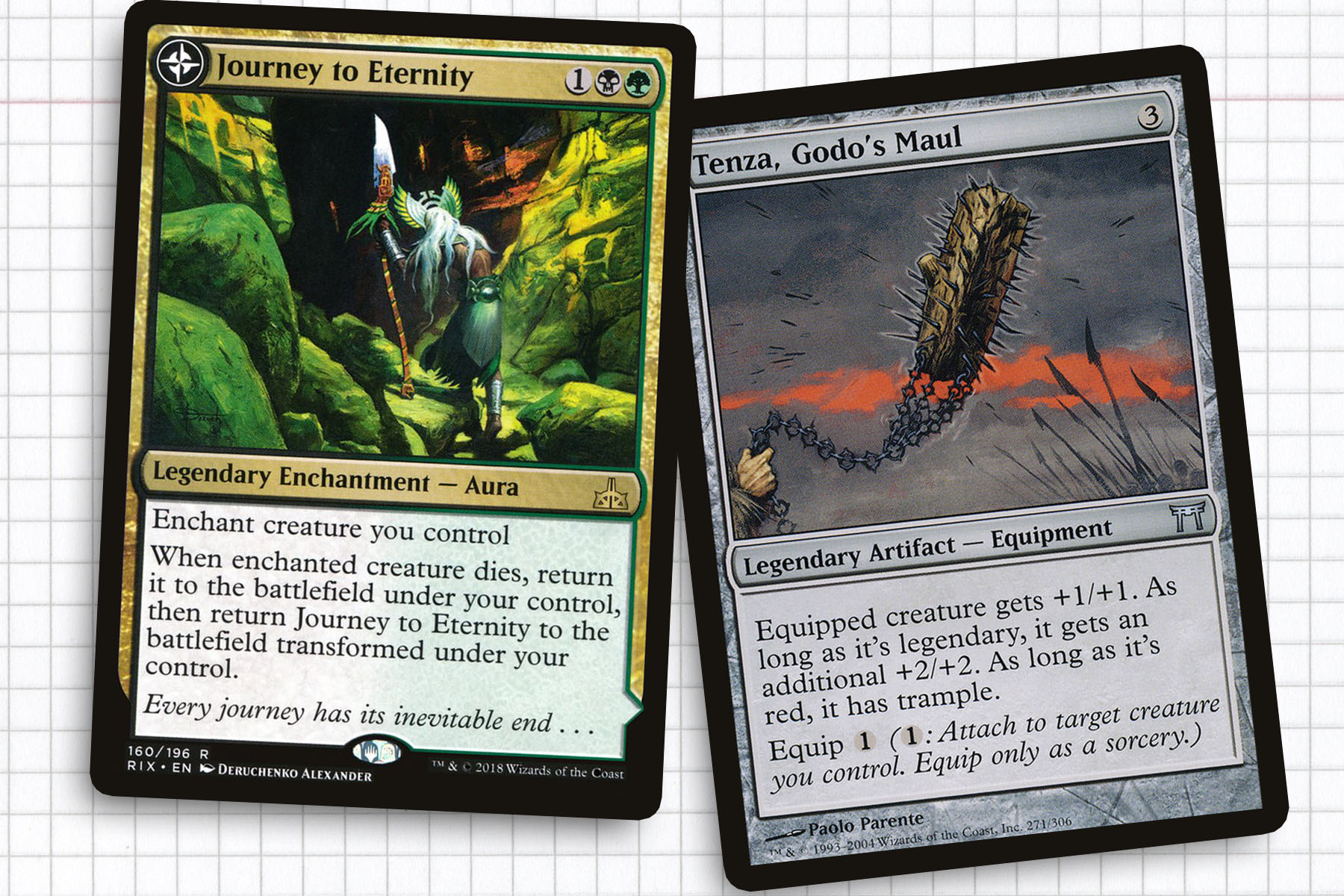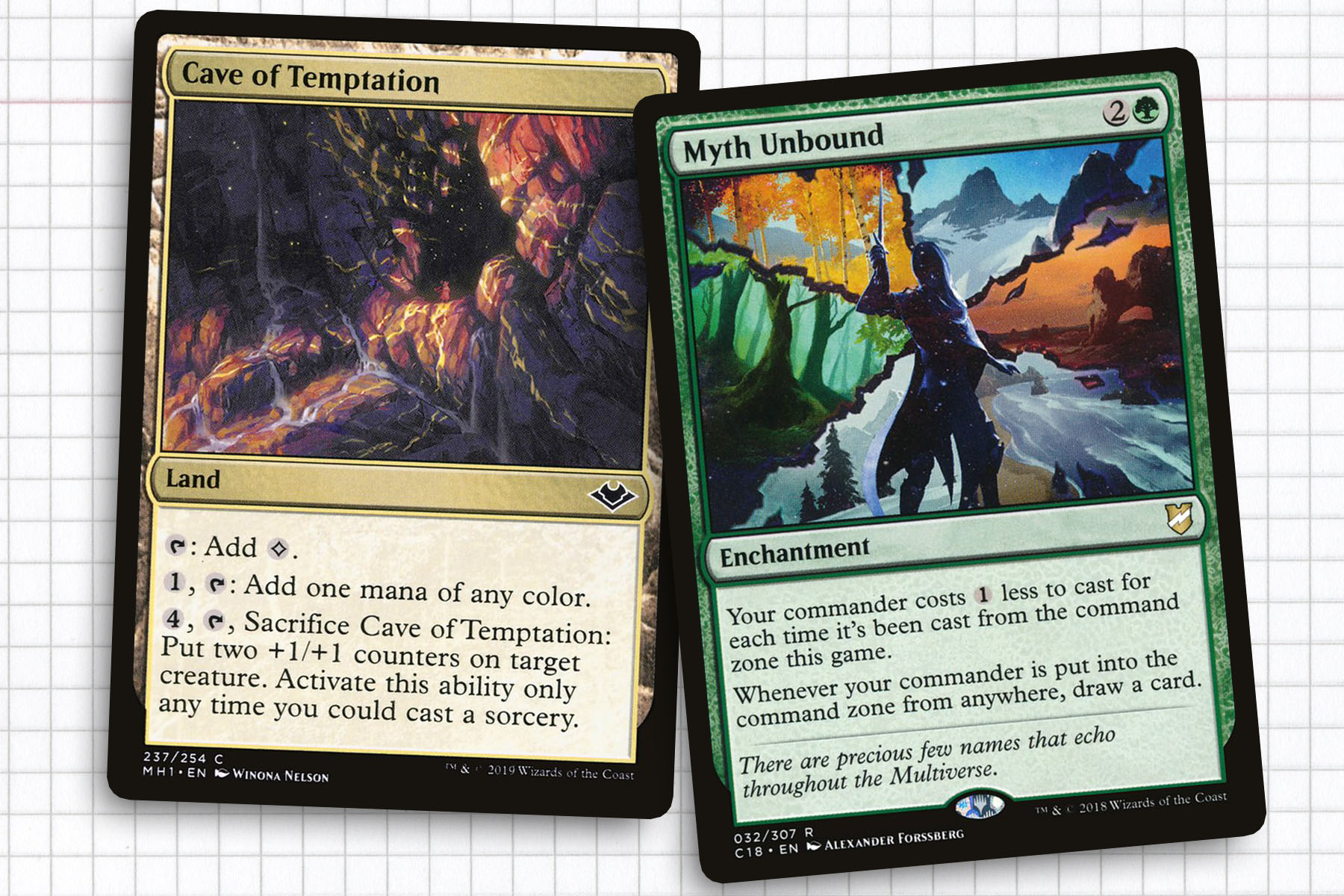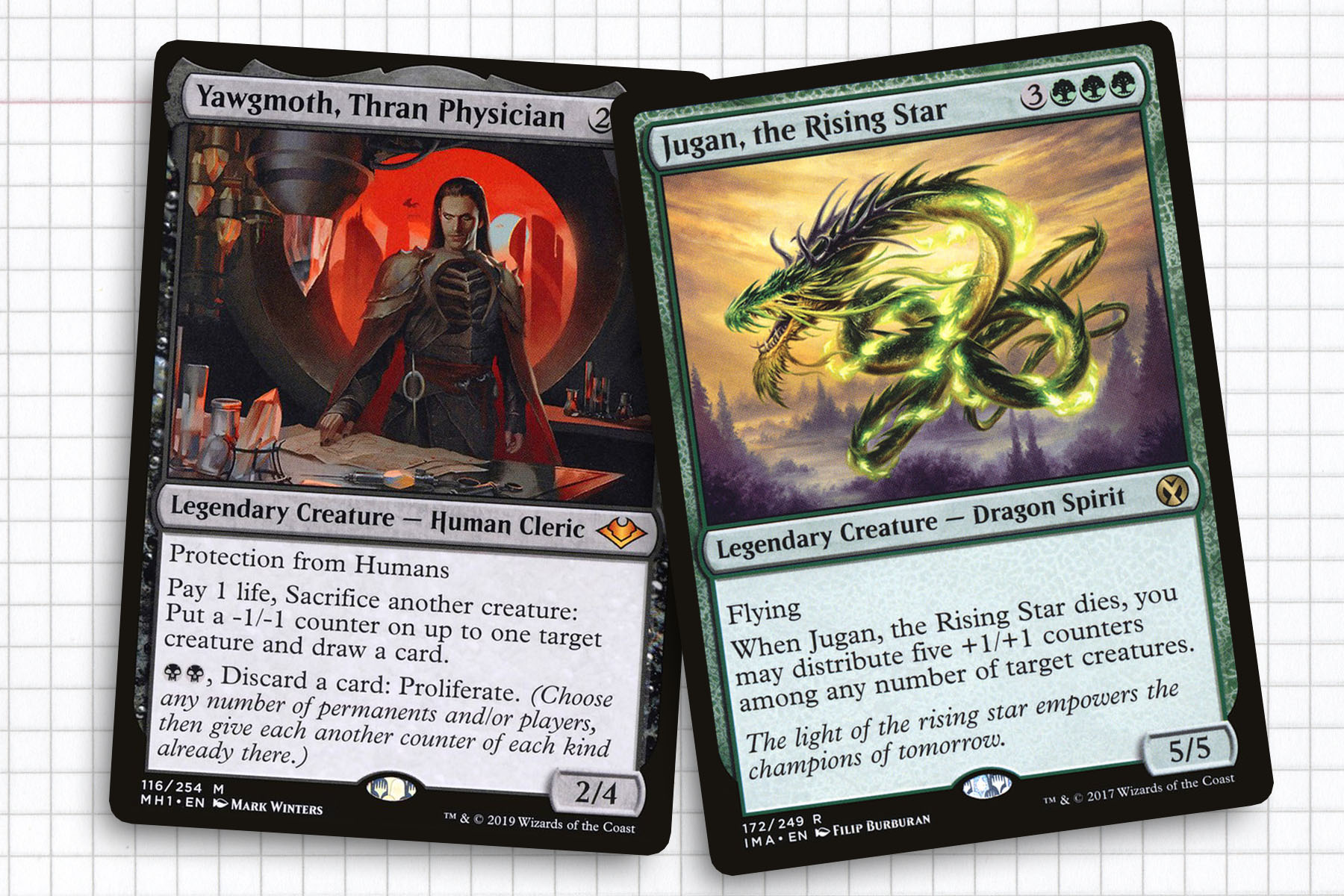Life has gotten complicated very quickly. When I sent my previous article in to get published the NBA season was not yet shut down. In the last eight or nine days the world has really changed, and in ways that I don’t personally feel like I was prepared for.
I have tried to isolate myself as much as possible from human contact outside of my family. And as such, making content has been a little bit of a question mark. But I would go a little crazy if I didn’t do something, and frankly writing this article series is something that has always been a highlight. Seeing as I find myself with a little more time to haunt my home office, I figured it was appropriate to look at some of the decks I have lying around to consider possible revisions.
One of the first generals I ever built from scratch, Skullbriar, the Walking Grave is a commander I’ve had a lot of experience with in the past. But as time has gone on, I’ve never taken the time to revisit the deck. One of the reasons that Skullbriar has stayed in the forefront of my mind over the last nine years is that in many ways, it is an anomaly of sorts as a green/black voltron deck. Playing it also reinforced my understanding of tempo, because Skullbriar can be so much more than its rules text.
When this deck is running on all cylinders, we can end the game for any player that stumbles out of the gates. Any opponents with a pulse will work to counteract what we’re doing pretty quickly, meaning we have to be highly adaptable and possibly redefine what we’re looking to do with Skullbriar. The last few years have been very kind to Skullbriar as the mulligan rule has changed and tuck is no longer something people arm themselves with. Hopefully, this is the kind of deck you can innovate into whatever your metagame demands and have a great time playing it.

A Wealth of Counters
Skullbriar has this awesome ability where counters remain with them in any zones except for the hand or library. I’m kind of happy we haven’t seen this mechanic return since, making them very unique.
As I alluded to, the last few years have been very good to Skullbriar. When it was printed, the only notable tools at our disposal were Doubling Season, Corpsejack Menace, and Unspeakable Symbol. Recently we’ve gotten far more options to help make the deck hyper consistent: Hardened Scales, Renata, Called to the Hunt, Pir, Imaginative Rascal, Bloodspore Thrinax, and Winding Constrictor all help make every attack step grow our general much faster.
The important thing to remember is that Skullbriar can be a one-trick pony, but it doesn’t have to be. Winning games comes down to not only attacking early while haste is relevant, but following up the early turns with powerful auras and equipment that can help us break through stalemates. In that way I suppose Skullbriar is a lot like Yuriko, the Tiger’s Shadow—we’re looking to have both generals in play and attacking on turn two. This means that we must be very tactical with our opening hand. If we don’t have the mana to cast our general, we’d better have a good reason to keep that hand.

Magic Armor and Practical Weapons
The entire strategy of this deck lives for the first few turns, following up our general with Hydra’s Growth and Tenza, Godo’s Maul in rapid succession. As we evaluate equipment and auras, casting cost becomes a big factor. Additionally, we don’t want to overcommit to our battlefield; as we’re realistically going to need to recast our general a few times and will always be looking for something to attach to Skullbriar.
Trample and indestructible are good ways to get Skullbriar going. Traditionally this was done with Darksteel Plate, Ring of Kalonia, and Vow of Wildness. In this present world, where we have Hammer of Nazahn, Gift of Doom, and Shadowspear, we start flattening our curve very quickly. Being economical with our mana, Shadowspear overtakes Loxodon Warhammer as the equipment of choice for trample and lifelink. I don’t want to get so wrapped up in mana efficiency that we take all the fun stuff out, but as the game goes on and we’re forced to recast our general, we value the trample a lot more than two extra power.
I can also say from experience that lifelink can be helpful against a playgroup that knows what’s going on. The options are slim, with Basilisk Collar and Eternal Thirst being the best options, and Homicidal Seclusion if you want to build in that direction. Thinking a little outside the box, auras that return to your hand like Fallen Ideal, Glistening Oil, and Rancor are all great too. They offer useful abilities without overcommitment to our board and insure we have something to do with our mana.

Thinking About Mana
Figuring out the mana base for this deck has been a struggle, especially because we want to reliably have our colors on the second turn. That makes the inclusion of lands that produce no colored mana rather problematic. We can still find some use for lands like High Market or Grim Backwoods, because we do need sacrifice outlets when our general needs to avoid going to our hand or library. I prefer to lean more towards using basic lands and the combination of Perilous Forays and Myth Unbound to be an essential sacrifice effect with built-in commander tax protection.
We can consider Guildmages’ Forum and Cave of Temptation though. Both of these are upgrades to Shimmering Grotto that offer us something in-line with what our deck is trying to do. In testing, I’ve found that Guildmages’ Forum is a worthwhile option the second time we’re casting our general; if nothing else, it keeps us on track with any attack steps we might have missed. Nurturing Peatland is another option that may have gone overlooked because of the price tag, as a way to make room for a way to draw an extra card.

Proliferation of Arms
Gone are the days of Predatory Hunger and Ring of Kalonia as methods of keeping +1/+1 counters on Skullbriar. With the literal proliferation of spells that passively add counters to permanants, this deck got a brand new paint job. Sword of Truth and Justice and Yawgmoth, Thran Physician from last year’s Modern Horizons bring proliferate into the fold—especially the Sword, which makes Skullbriar very self-sustaining. Karn’s Bastion is another strong pick and something I would be very happy to see in the late game.
But a proliferation of counters would be nothing if we didn’t also have a plan for fueling counters outside of “my general attacks.” That’s why I like Drana, Liberator of Malakir and Jugan, the Rising Star more than I had before; and why I’ve grown less fond of Homicidal Seclusion. Having multiple creatures in play not only fuels something like Yawgmoth, but add resilience to a purely Voltron strategy—an archetype that has struggled recently. This is an evolution of my tactics, leaving the door open for a go-wide strategy if the game calls for it.
This change of philosophy does run a bit in conflict with what our general is looking to do, but the reality is that we’re not going to feasibly defeat an entire table on our own in seven turns. But it does open the door to winning through poison as another back-up plan. I’ve already mentioned Glistening Oil, and Grafted Exoskeleton could have always been in the deck. But Tainted Strike should be a consideration in any black deck, because it can turn any attack for at least nine damage into a game ender for an overconfident opponent. I’m not ready to go all in on this plan, but I’m keeping the door open that during my next set of revisions; it could be an option to bring the deck up another notch.
I want to end today a little bit more seriously. It’s hard to say when my next article will come out. I’m currently putting myself into isolation from the rest of the world, but that doesn’t necessarily mean that I will want to make content. Overall, I believe that everyone should take the current situation seriously and protect themselves. There will hopefully be time to go out and play cards with friends in real life, returning to the gathering part of the game. But right now just take care of yourself, enjoy the downtime if you have it, and hopefully I will see you again very soon.
Ryan Sainio is a Graphic Designer who writes about EDH and the EDH community. He has been playing Magic: The Gathering since 7th Edition in 2002 and values flavorful and fun gameplay over competitively optimized decks.

